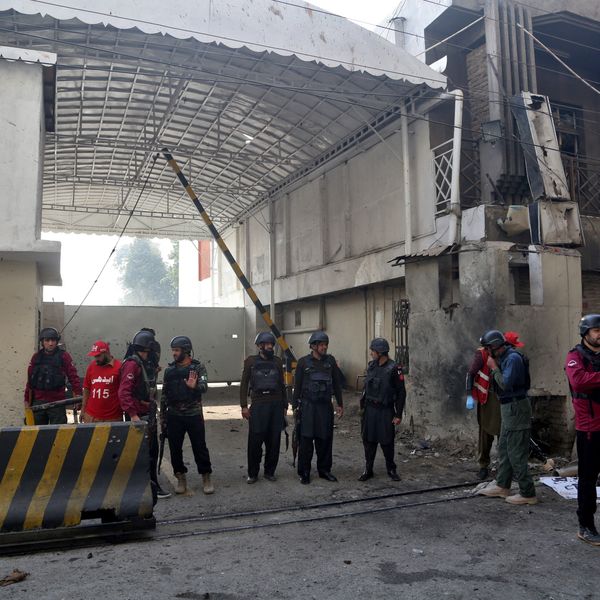Explainer: Why has the INR fallen to a record low?
The Indian rupee hit a historic low of INR 84.41 against the US dollar on Tuesday

Urooj Imran
Senior Producer
Urooj has over five years of experience reporting and editing for some of Pakistan's leading publications. She is passionate about simplifying business news; her favorite pieces to work on are explainers.
The Indian rupee (INR) has had a rough few weeks. It hit a historic low of INR 84.41 against the US dollar on Tuesday, and its value isn't likely to go back up again any time soon. In fact, volatile changes have only been avoided because of the Reserve Bank of India's intervention.
But why has it fallen to a record low in the first place?
The primary reason is an outflow of foreign investment from India's stock markets — the BSE Sensex and Nifty 50. In October alone, foreign investors withdrew over $11 billion, the highest amount among major economies. They have pulled out another $3 billion so far in November. This means that they converted the rupees they invested in the markets into dollars to pull them out, putting pressure on the local currency.
A currency under pressure
Foreign investment withdrawal
So, why are foreign investors quitting India's markets in droves? To borrow words from Rakesh Vyas, co-chief investment officer and portfolio manager at Quest Investment Advisors, "Buy China, Sell India."
China recently announced a massive stimulus package worth $1.4 trillion aimed at shoring up its economy and attracting investment. On the other hand, India's stock markets were overvalued, which simply put, means that stocks are more expensive than they are actually worth.
Moreover, earnings for the second quarter of the fiscal year were disappointing. Hence, investors started pulling out from India and investing in China and other Asian economies instead.
Trump's re-election & oil prices
Donald Trump's re-election as the 47th president of the United States also brought down the INR's value. And anything that is related to the US economy affects others as well.
Trump may impose potential trade tariffs, including a 10% duty on imports from all foreign countries. These affect global trade and export growth, which in turn, affect countries' economic growth and weigh on their currencies.
Meanwhile, the US dollar has been strengthening — with the dollar index reaching its highest level since July on Tuesday — and US Treasury yields have been rising since the election results, putting pressure especially on Asian currencies.
Moreover, crude oil prices rose in recent weeks, putting further stress on the INR since India needs dollars to pay for its fuel imports.
Short-term outlook
However, the INR's losses have not been as huge as they would have been since the Reserve Bank of India has been utilizing the country's foreign exchange reserves — which are the world's fourth-largest — to prevent volatility.
In the short-term though, the Indian rupee will continue to fall as long as foreign investors continue to withdraw their money.











Comments
See what people are discussing